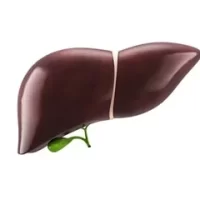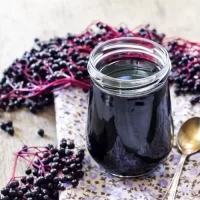Researchers recently compared the pharmacokinetics (PK) and pharmacodynamics (PD) of oral 9-tetrahydrocannabinol (9-THC)- and cannabidiol (CBD)-dominant cannabis extracts that contained the same amount of 9-THC in a study published in JAMA Network Open (20 mg).
In the current randomized clinical trial, researchers examined the PD and PK of cannabis extracts containing high levels of 9-THC (20.0 mg) without CBD, high levels of CBD and a similar dose of 9-THC, and a therapeutic value- CBD dose of 640.0 mg, with extracts containing high amounts of both.
The Johns Hopkins University behavioral pharmacology research center in Baltimore hosted the double-blinded, within-participant, crossover experiment between January 2021 and March of the following year. Three outpatient testing sessions involving 18 participants were held approximately 7.0 days apart.
The study interventions were brownies comprising I no cannabis extracts (i.e, placebo); (ii) Δ9-tetrahydrocannabinol-dominant extracts (20.0 mg of Δ9-THC without cannabidiol); and (iii) CBD-dominant extracts (20.0 mg of Δ9-THC and 640.0 mg of cannabidiol) were provided to individuals half hour before administering a CYP cocktail, comprising 100.0 mg, 20.0 mg, 25.0 mg, 30.0 mg, and 2.0 mg of caffeine, omeprazole, losartan, dextromethorphan, and midazolam, respectively.
Changes in serological 9-tetrahydrocannabinol (or its metabolite) concentrations, subjective drug effect ratings, vital signs, and psychomotor and cognitive performance were the key study results. The group calculated the maximal serological concentration (Cmax) value and the area under the curve (AUC) for plasma vs concentration versus time.
By word-of-mouth recommendations and media promotions, many were signed up. We only included those who were between the ages of 18 and 50, had a BMI between 18 and 34, had used cannabis in the past, but not during the 30 days prior to the start of the study. Prior to the study sessions, the participants’ urine test results for popular drugs of abuse were negative, and a physical examination, medical history, and hematological and serological examinations revealed that they were in good health.












